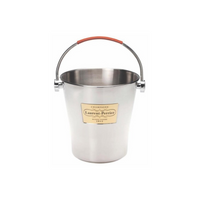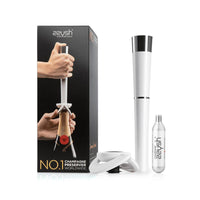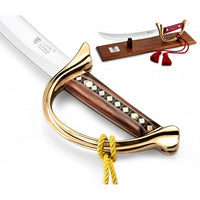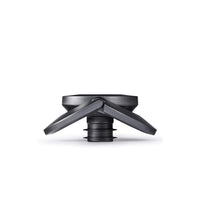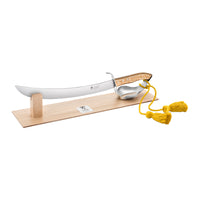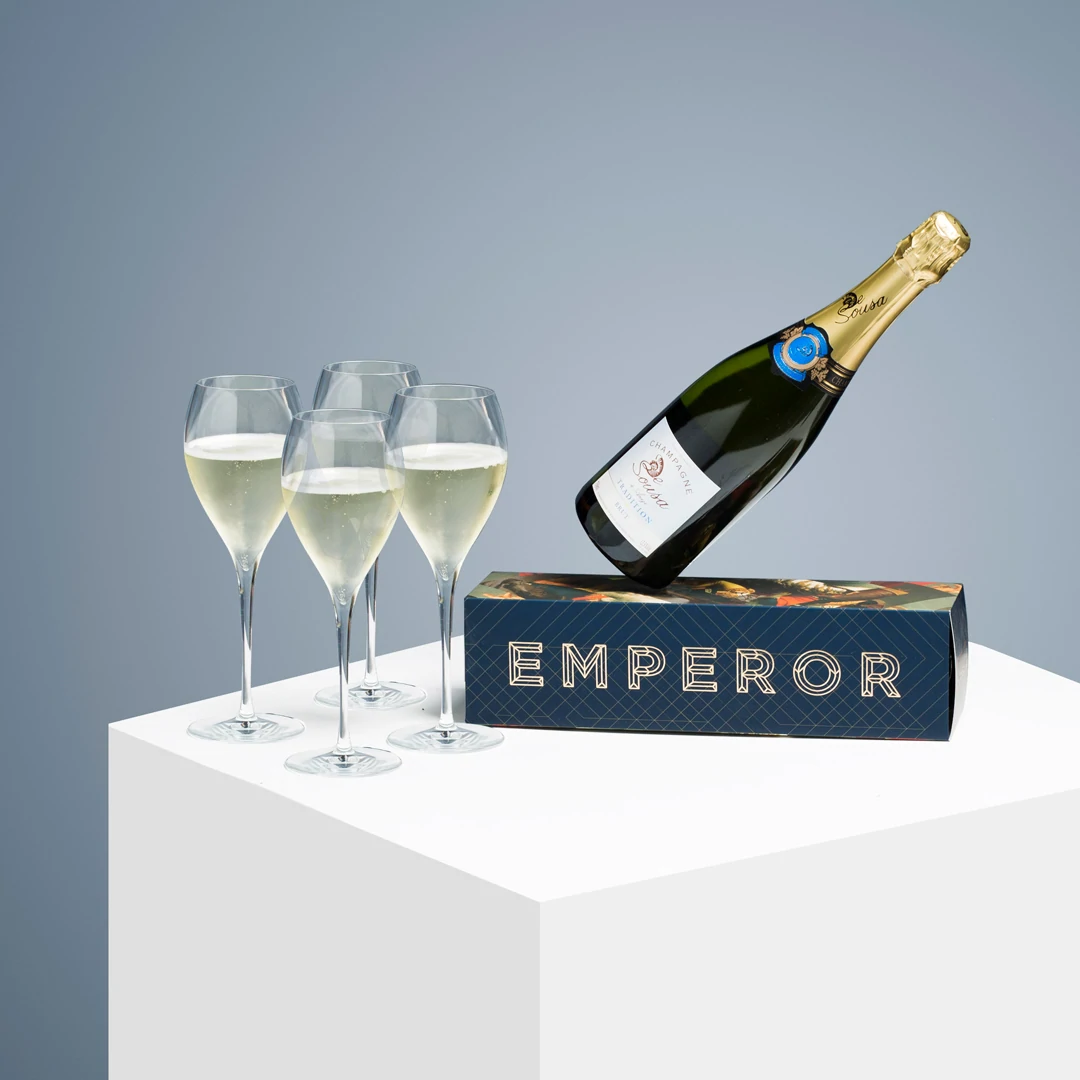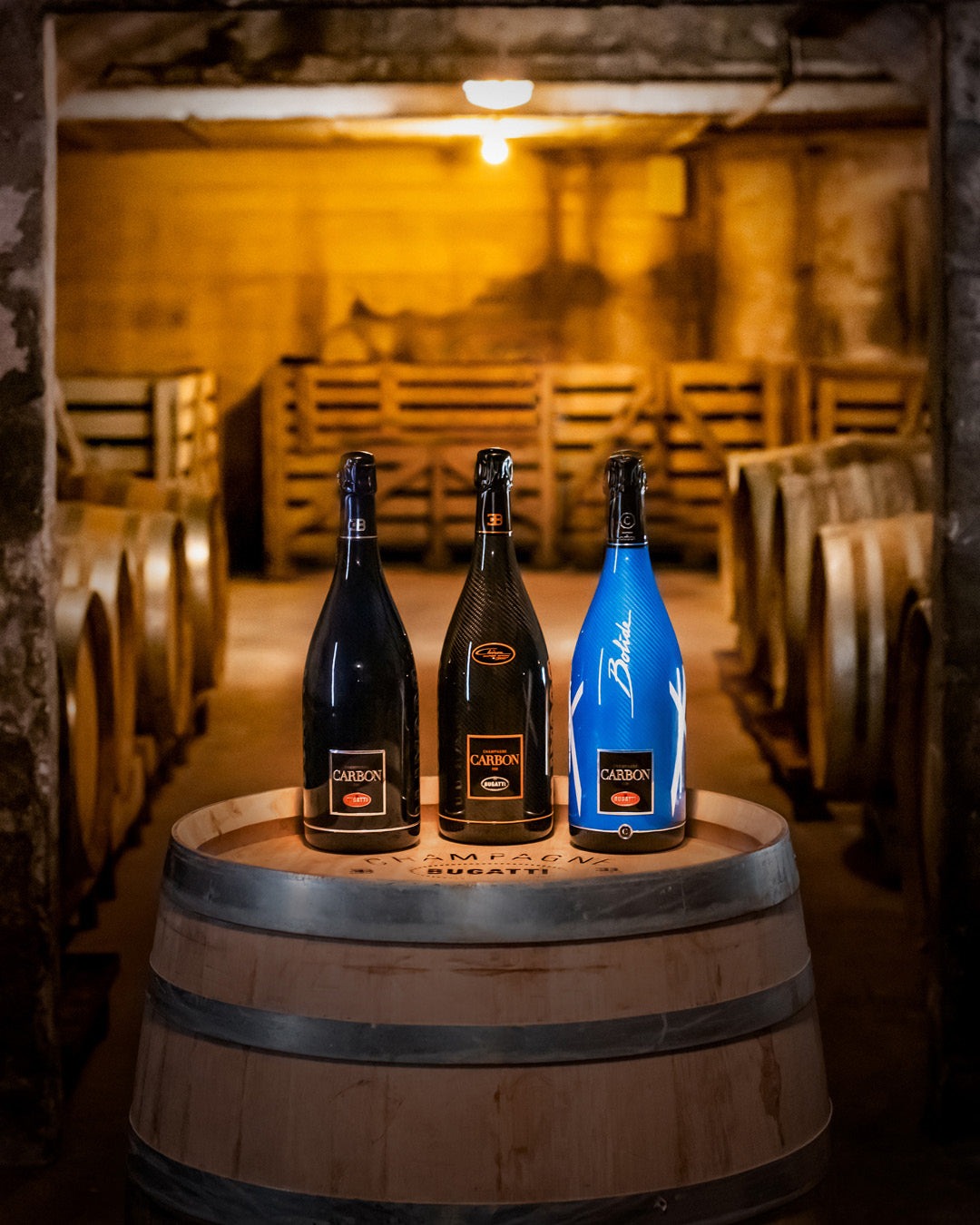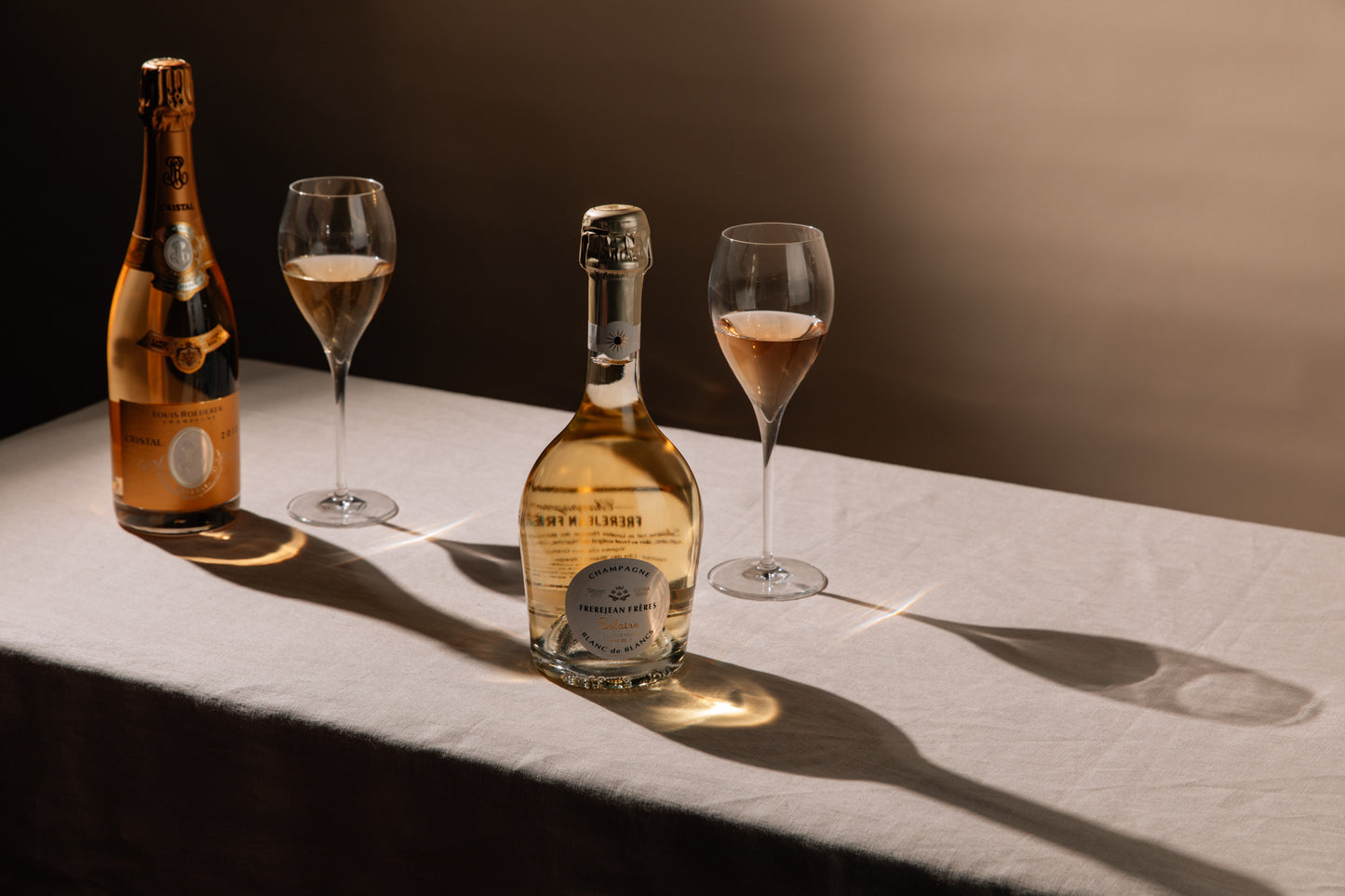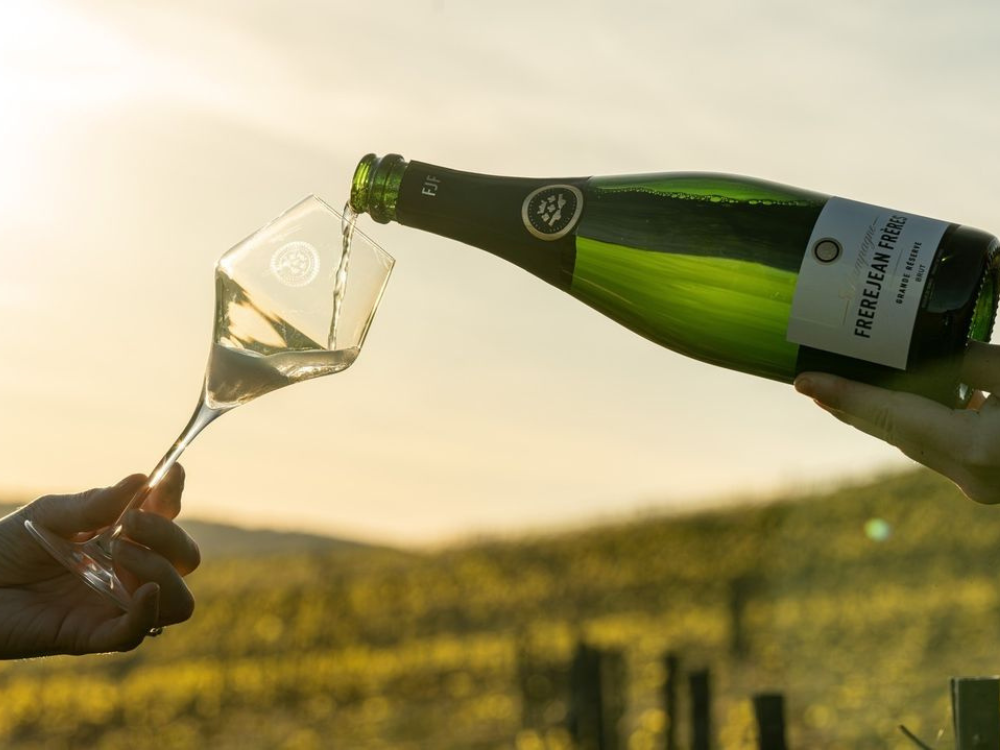
The idea of enjoying champagne throughout the meal began with the courageous idea of a young widow who decided in 1874 that the sickly sweet champagnes of that era would be better served with a reduction of sugar, which would mean they paired better with food. That tenacious young widow, Ms Louise Pommery, was quite right and created a sensation with these new dry champagnes in Britain and eventually across all markets. This was the birth of a Brut Champagne.
However another house that has been very closely linked with gastronomy is the medium sized family producer located in the picturesque town of Epernay, Besserat de Bellefon. This boutique maison was founded by Edmond Besserat in 1843 and was often served at the best restaurants in Paris and beyond and was a house that was very much focused on the enjoyment of champagne throughout the meal and not simply as an aperitif – an idea of our own hearts.
The year 1930 marks a significant moment in time for Besserat de Bellefon. The manager of prestigious restaurant Semaratine de Luxe in Paris declared to the house that if they could craft a champagne with a softer bubble which paired better with cuisine then they would buy significantly more champagne. Consider the gauntlet thrown down! From this moment on, the house started producing champagne at a lower bar of pressure. Most champagnes are produced after secondary fermentation at 6 bars of pressure which equates to a certain level of mousse or bubble in the bottle.
Champagne is fermented not once, but twice. The first fermentation takes the still grape juice (must) into a white wine with fermentation in either a stainless steel tank or in an oak barrel. After blending, the wine maker will add a second dose of yeast and a certain number of grams of sugar to trigger a second fermentation - this time inside the bottle. The amount of sugar added equates to how many bars of pressure we end up with and how much fizz is in the bottle. By adding less sugar for secondary fermentation we can have a bottle at a lower effervescence with a softer mousse which reduces the attack of foam on the palate and makes the wine more gastronomic. These low bar champagnes have approximately 4 and a half bars and of pressure and are known to be a ‘cremant style’.
Besserat de Bellefon are very rare in Champagne in that they are the only house who produce their entire range at a lower bar of pressure. These silky wines of immense character are wonderful throughout the meal. Try our food pairings recommended with each wine on Emperor to get the most out of these gastronomic treasures.

